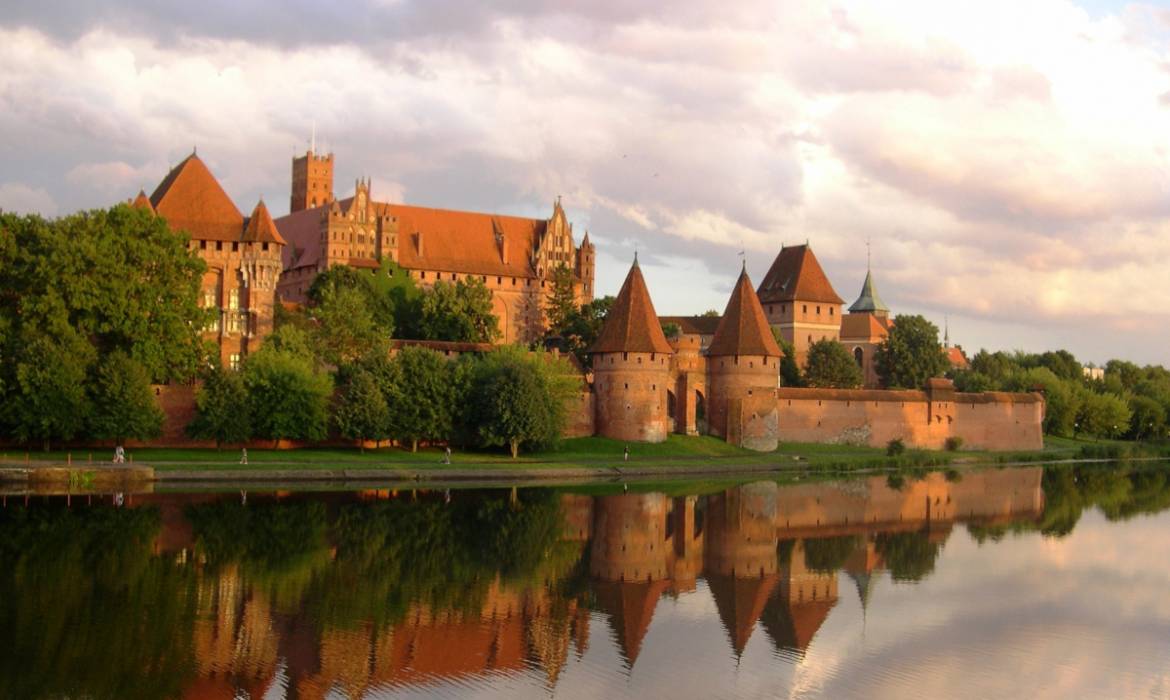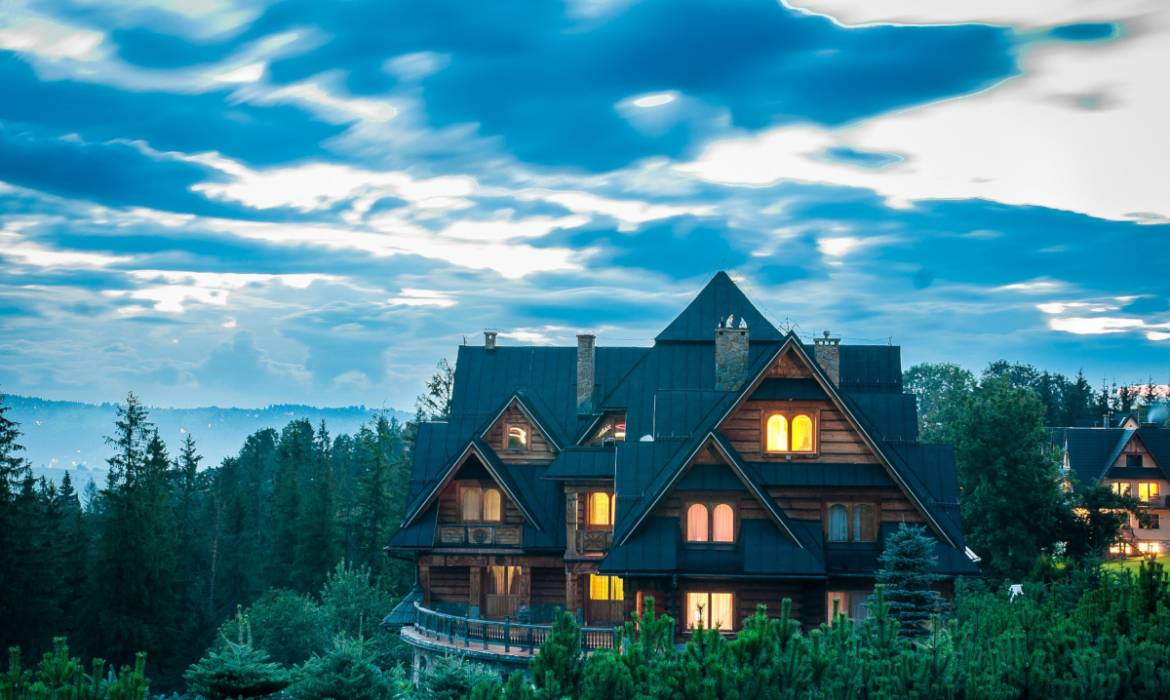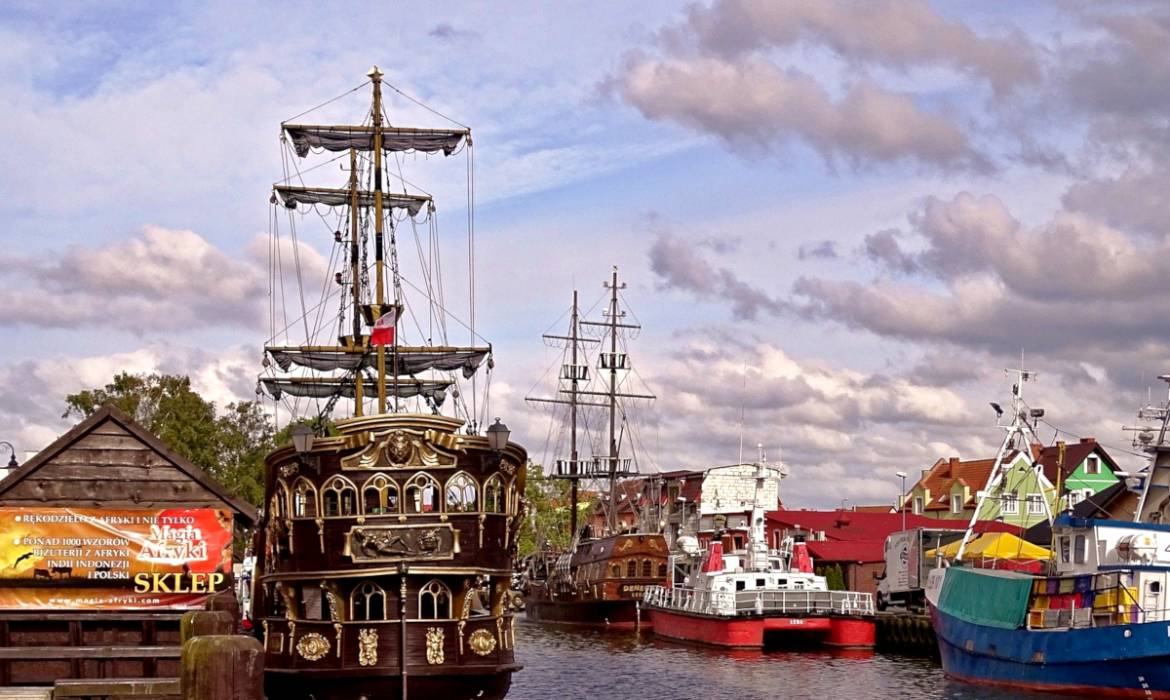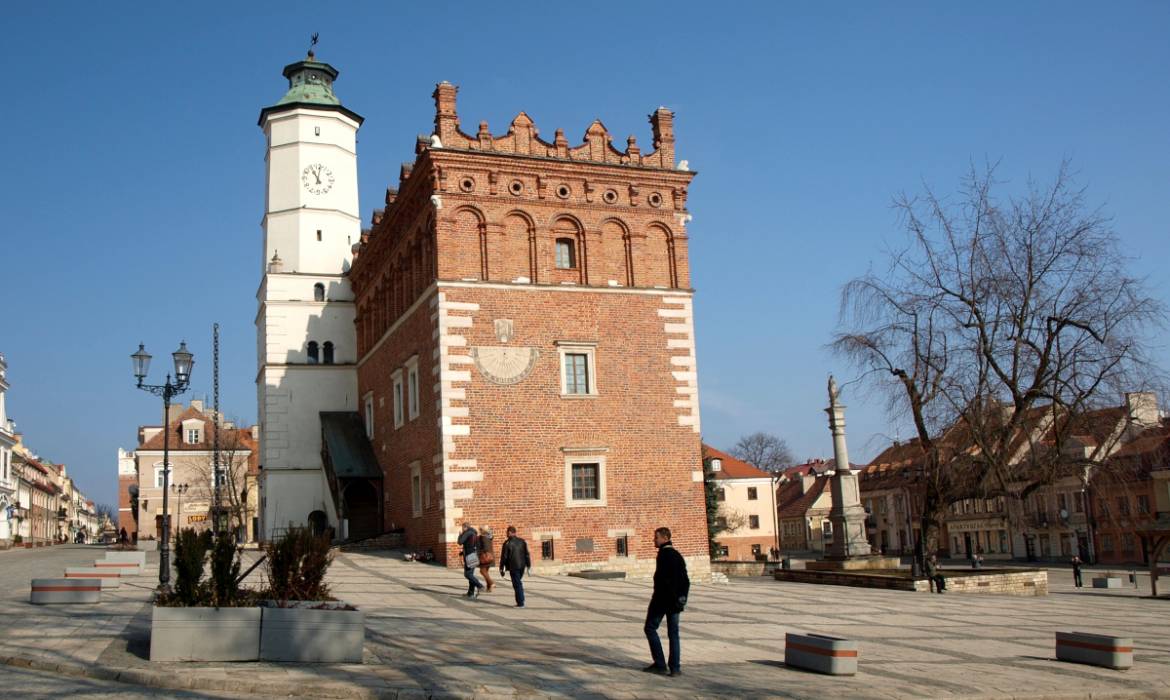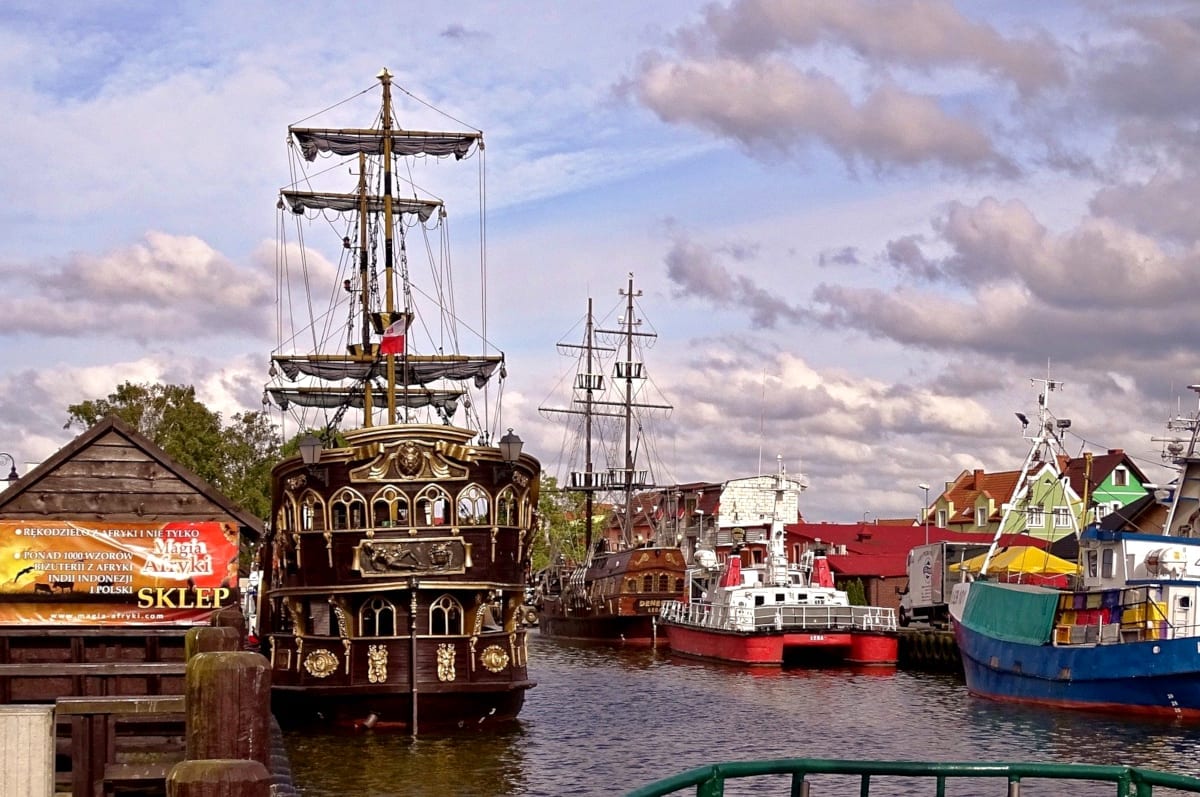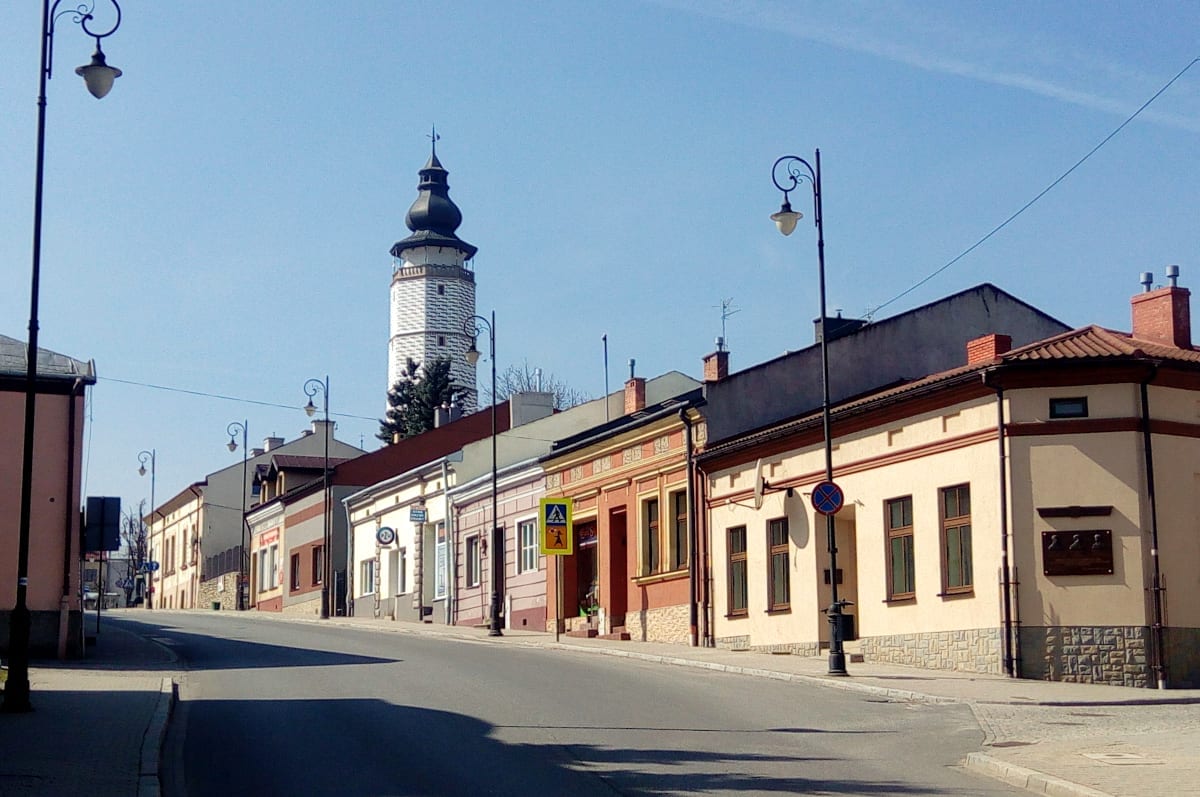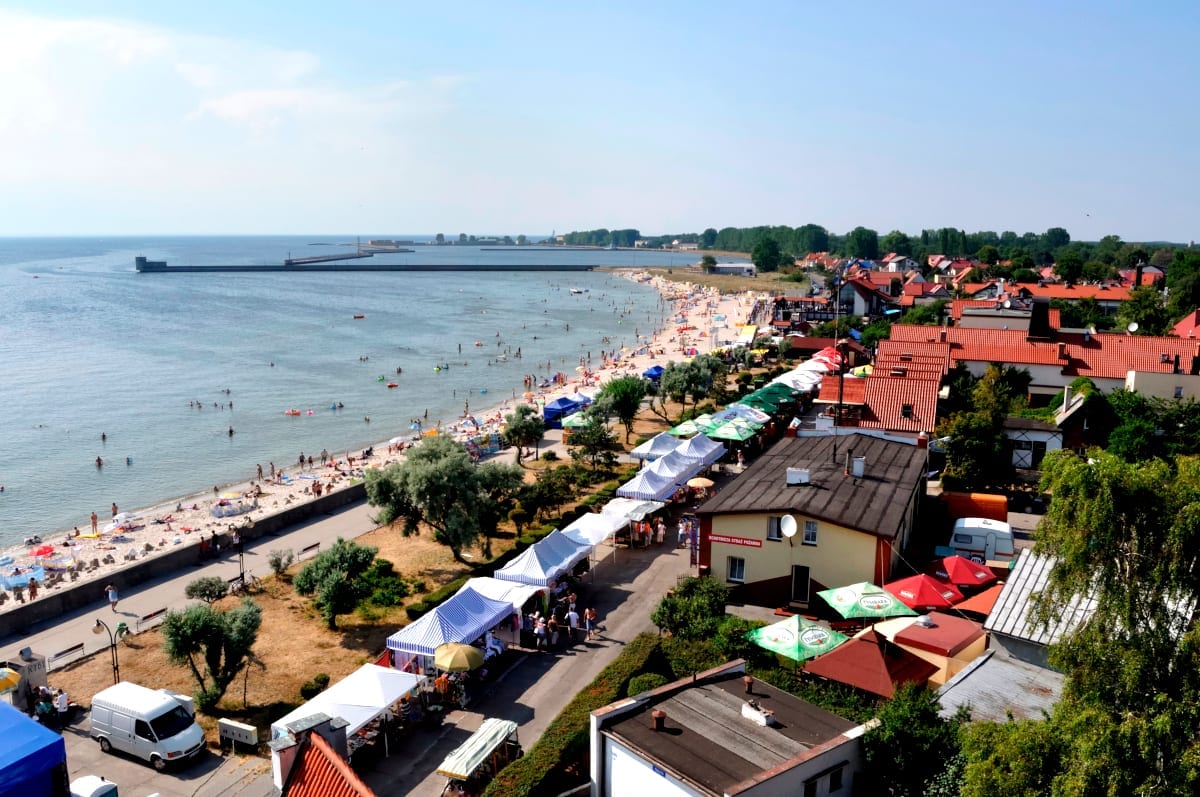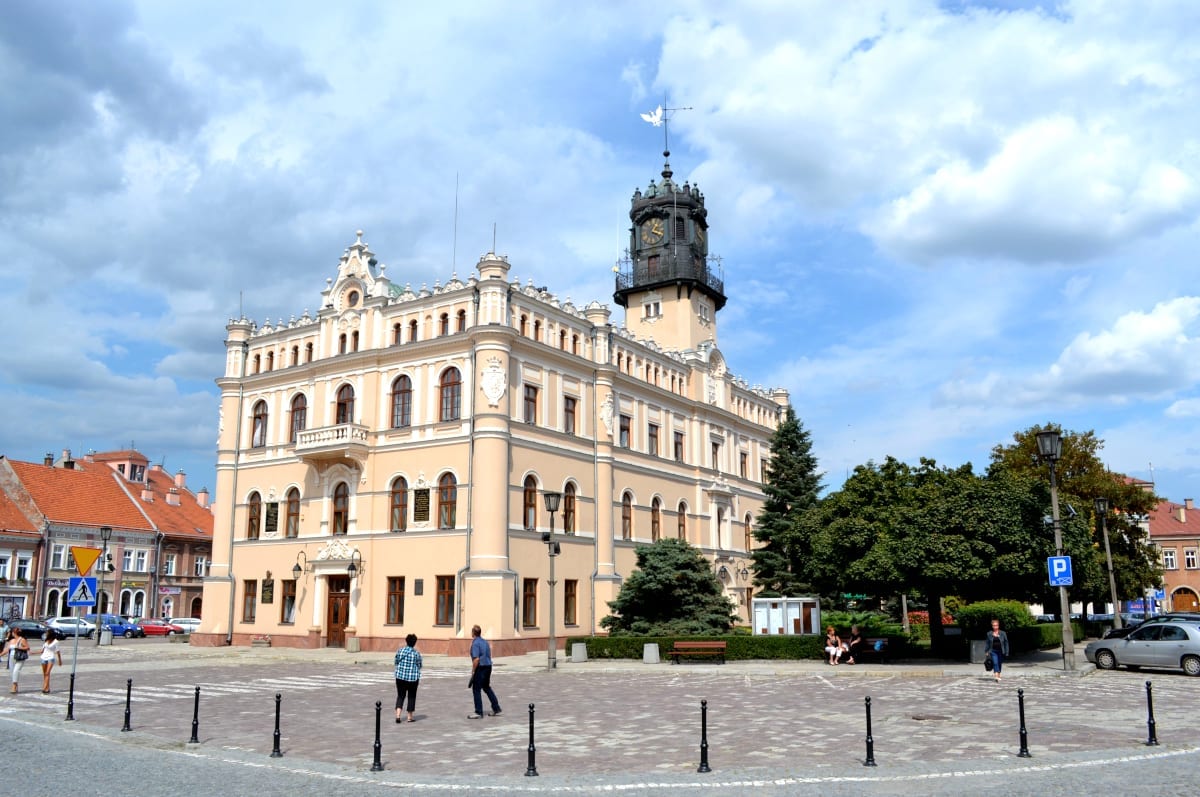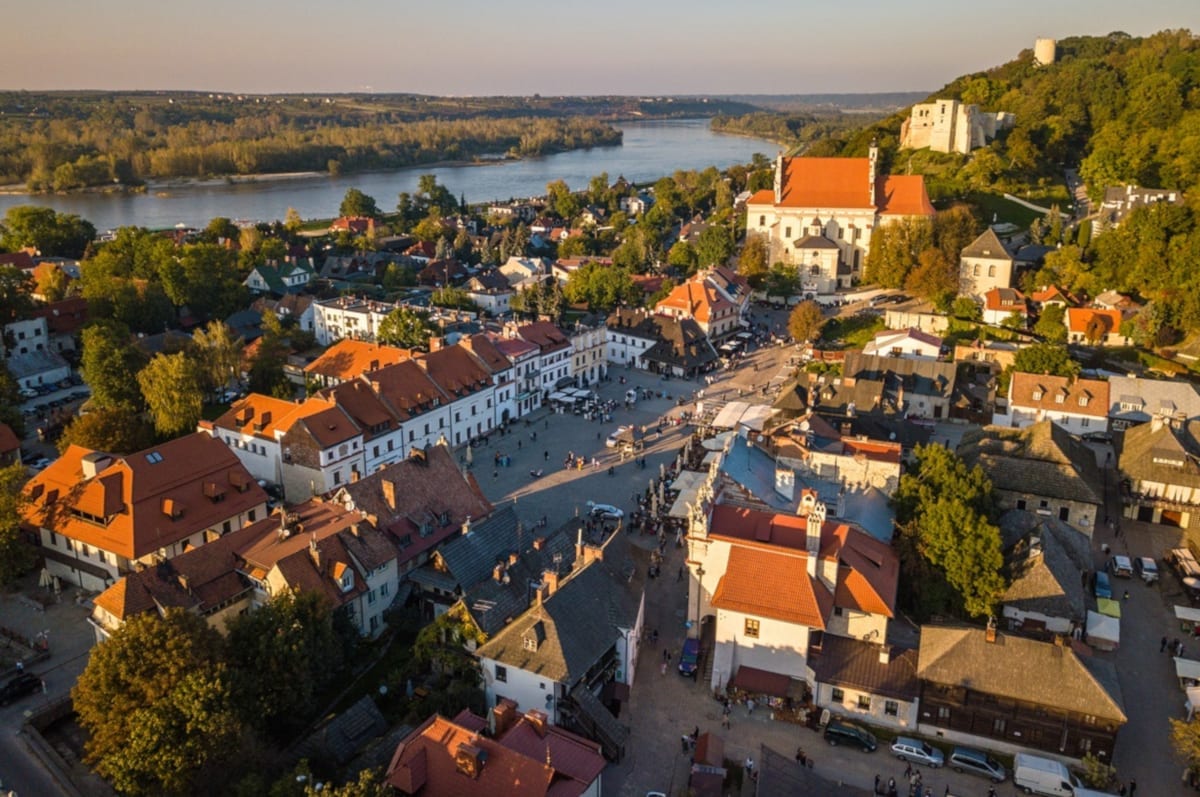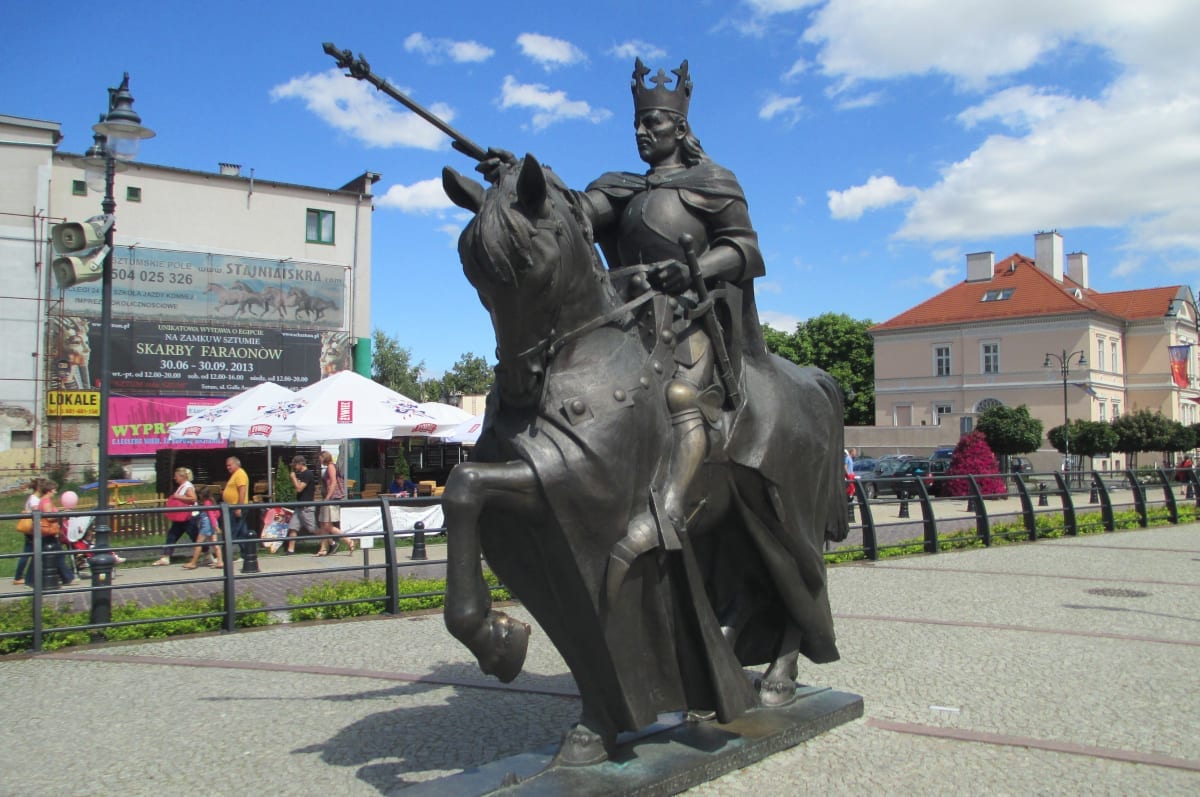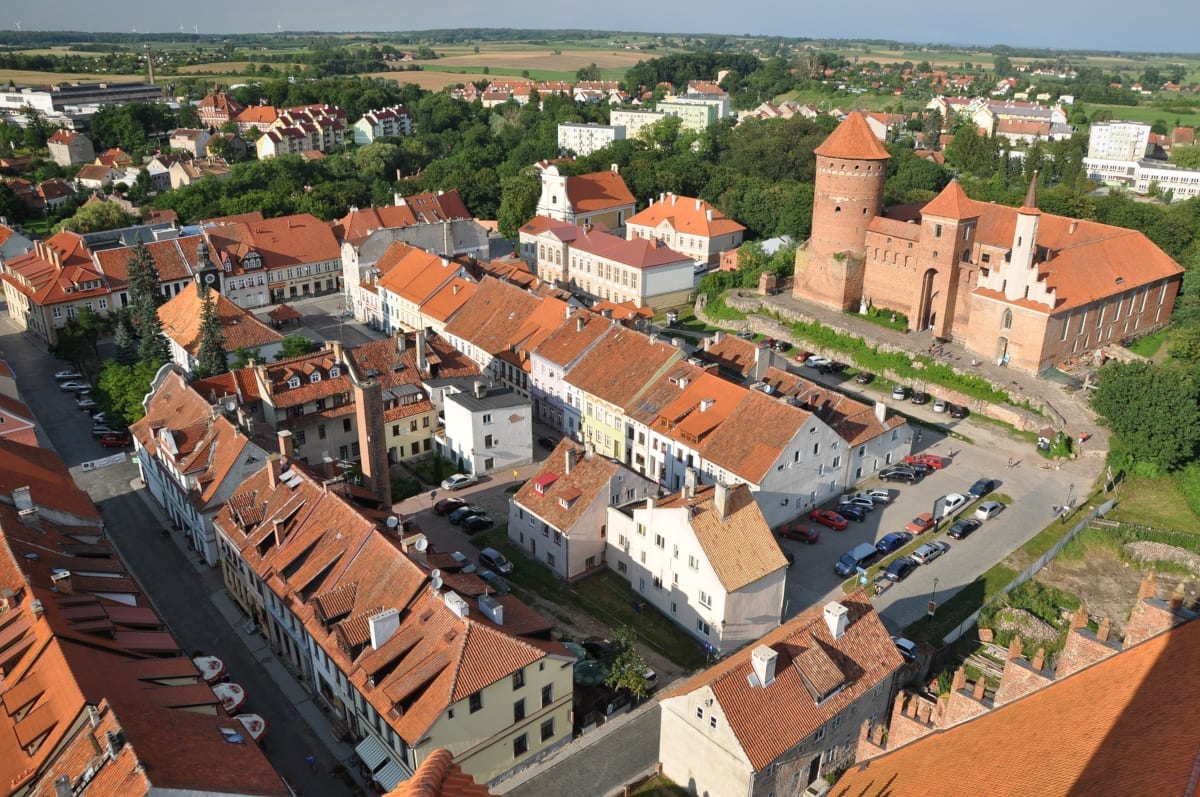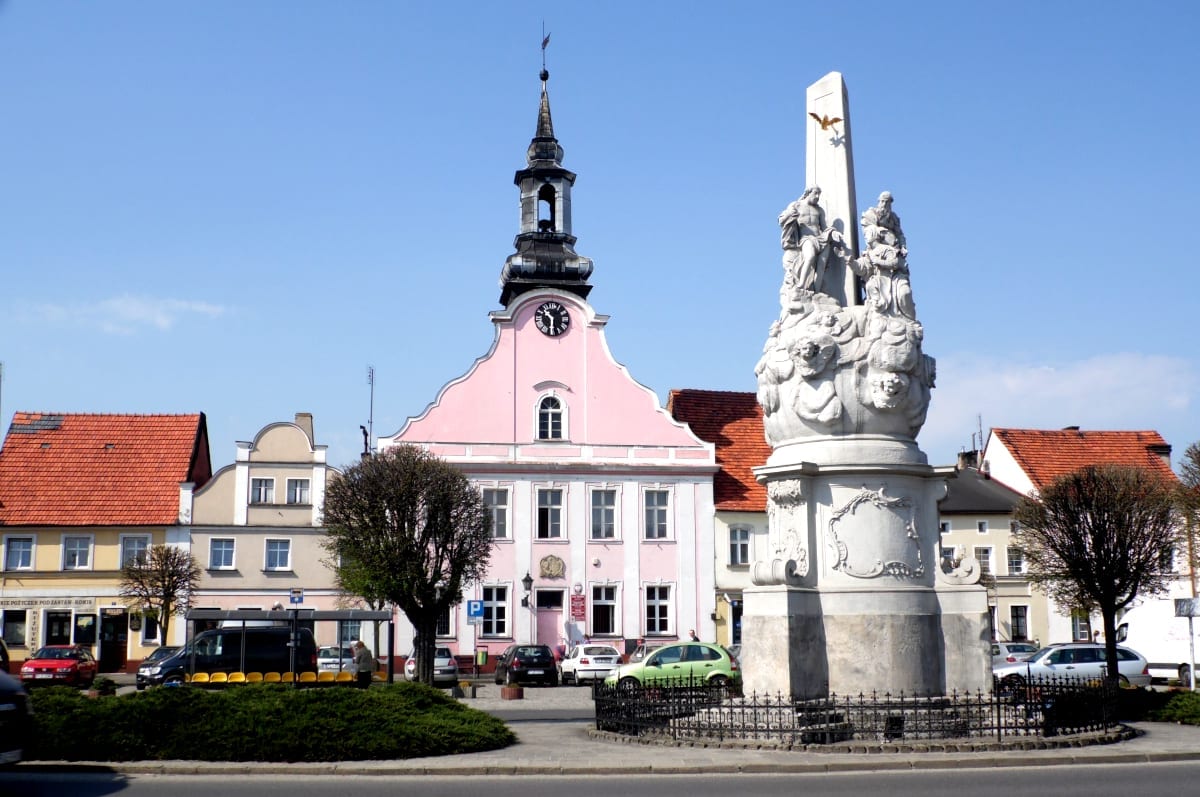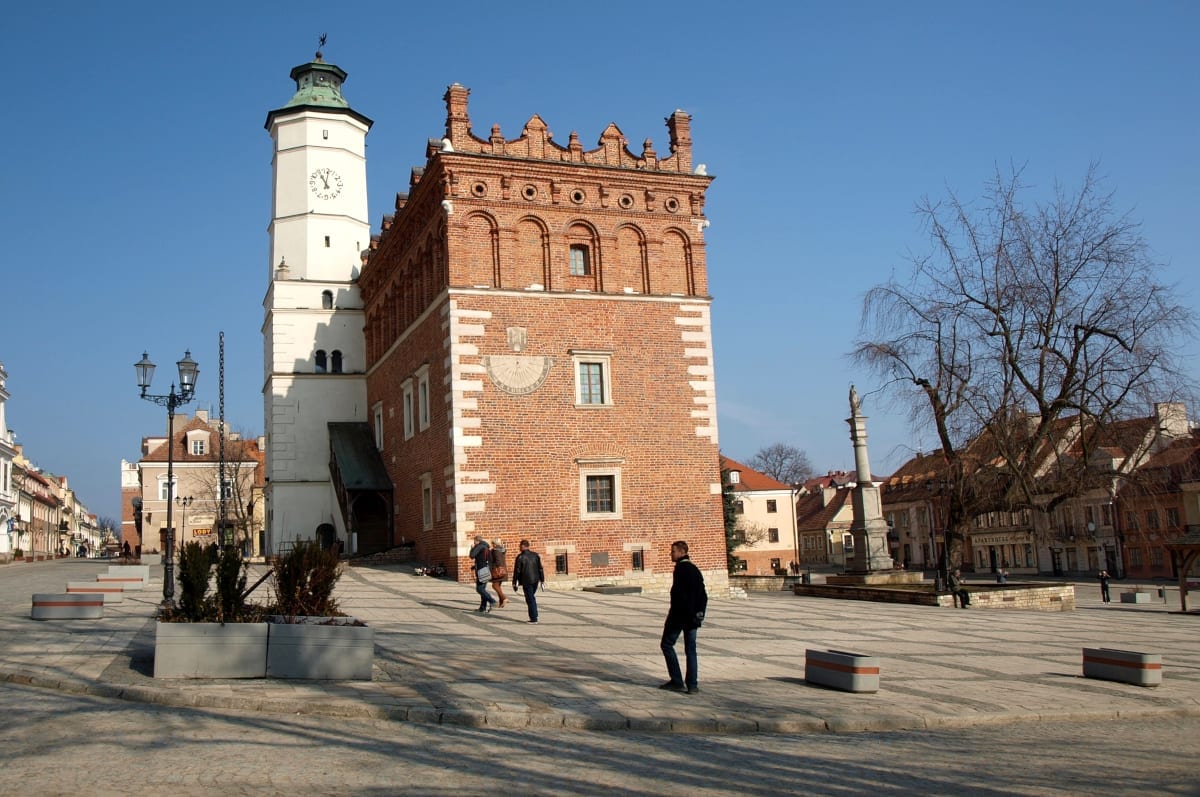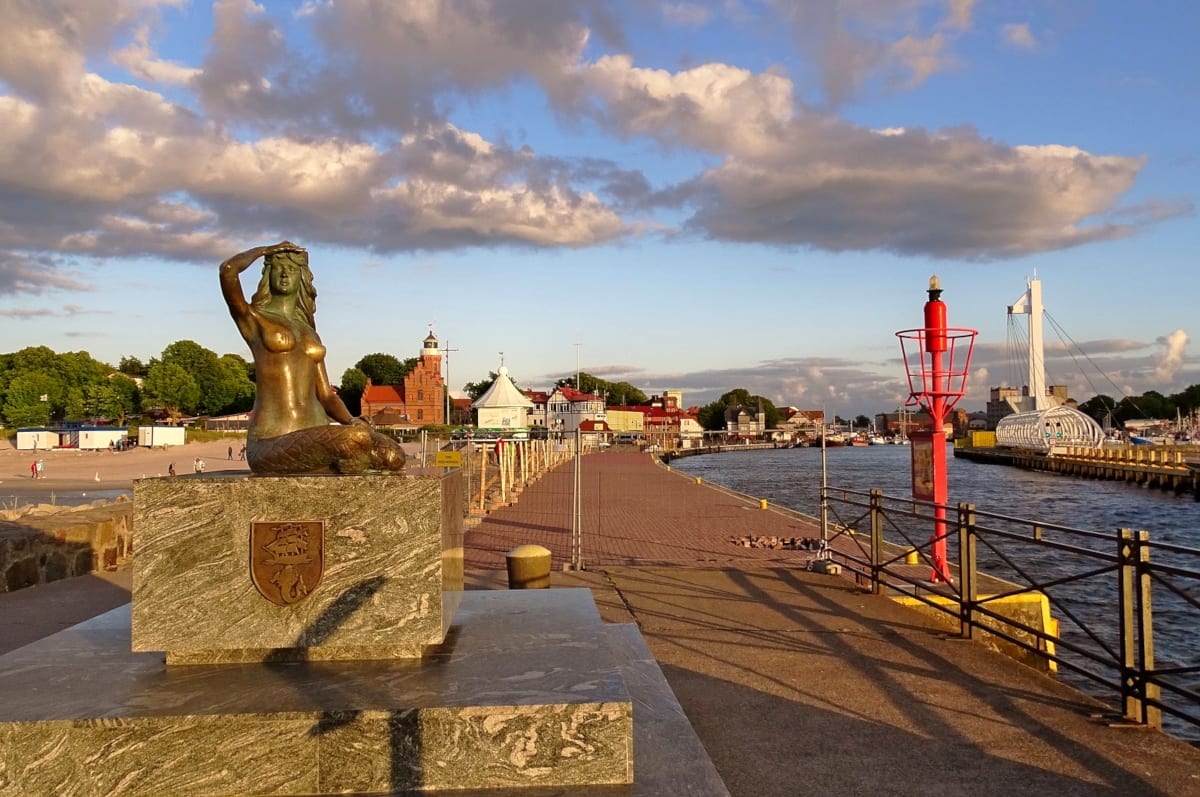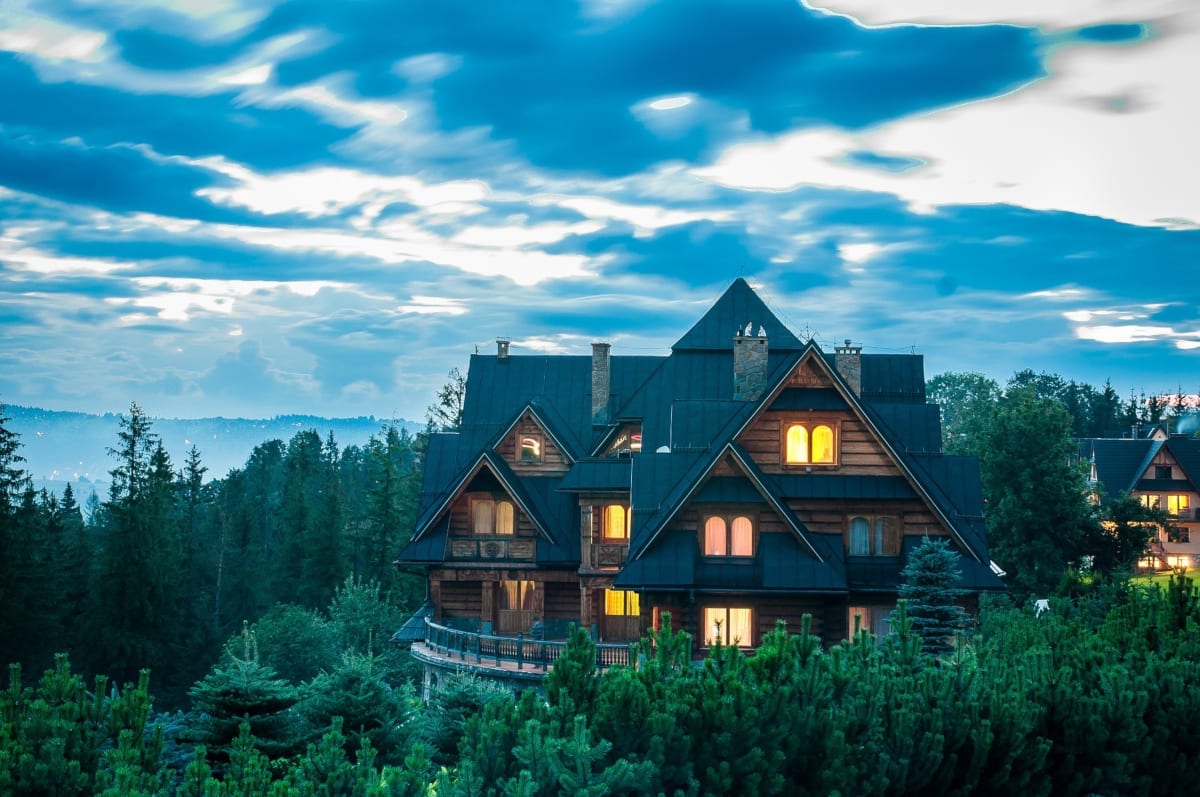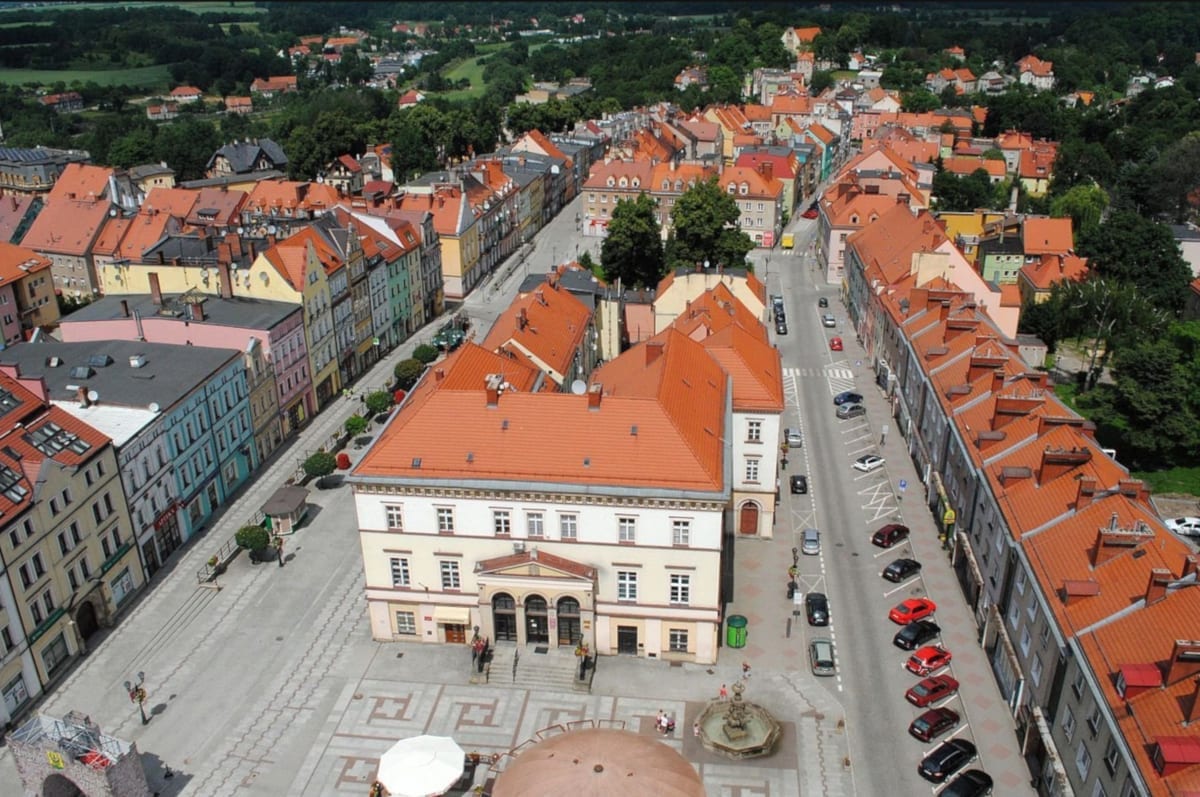Cultural differences
Poland is a country with a rich history, culture and architecture. One of the best ways to experience this is by visiting its towns. Each town has its own unique character and charm, from the medieval Old Towns to the charming market squares.
Whether you’re looking for a peaceful retreat or an action-packed adventure, Poland’s towns have something for everyone. From the picturesque streets of Kazimierz Dolny and the stunning architecture of Reszel, to the lively atmosphere of Hel and the winter capital of Zakopane, there’s always something new to discover. Let us take you on a journey through Poland’s towns and unveil the hidden gems that make this country so special.
Assortment of wonders
Some towns in Poland are very popular with Polish tourists, such as Kazimierz Dolny, Sandomierz, Biecz and Chelmno to name a few, but there are many other towns worthy of a visit and on this page, we have provided details of our fifteen favourite.
Within these towns, you’re find an assortment of wonders, Romanesque cathedrals, castles & palaces, historic marketplaces, medieval squares, churches of all shapes and sizes and much more.
So, is it worth jumping in the car and getting out of the city? – Absolutely!

Welcome to the ‘Love Poland’ community where you will find further information about towns in Poland, amazing images, information from a local perspective and much, much more….

Biecz is a town in south-eastern Poland, in the Lesser Poland Voivodeship with a long, rich history and is home to a number of culturally and historically significant monuments and buildings in addition to many preserved medieval city walls. The town is often referred to as “little Kraków" or the “pearl of the Carpathians." During the mid-16th century, Biecz was one of the largest cities in Poland with a royal city status. Biecz enjoyed a cultural and economic renaissance during the 14th and 15th centuries. Starting in the mid-17th century, the city began to decline due to the stationing of foreign troops, alterations in trade routes, and numerous natural disasters, including flooding, fires, and a plague which killed all but 30 inhabitants. Further devastation was caused by the Deluge, a series of disastrous wars with Sweden that left the Polish–Lithuanian Commonwealth in ruins.
Chełmno is located in northern Poland, within the Kuyavian-Pomeranian Voivodeship. The town is a very popular day trip destination for tourists visiting Toruń, which is just 44km away and Bydgoszcz, which is 47km away. Chełmno’s history is associated with the Teutonic Knights who made it their capital city in 1233. Visitors are attracted to the town’s well-preserved medieval centre, with five Gothic churches and a beautiful Renaissance town hall in the middle of the market square, in addition to an impressive 2km ring of defensive walls with 23 watch towers and the Grudziadz Gate. Nowadays, Chełmno is being promoted as a city of love and lovers. The first textbook for lovers, ‘Handbook for lovers’ was published in here in 1893. Chełmno is a major tourist attraction on 14th February every year, thousands of visitors descend on the town to celebrate Valentine’s Day.
Giżycko is located within the Warmian-Masurian Voivodeship between Lake Mamry and Lake Niegocin and is a very popular summer tourist destination, particularly with those who enjoy getting out on the water. The region is the water sports capital of Poland and it is dominated by the Great Masurian Lakes. Every year, thousands of kayakers, windsurfers and sailors arrive in the province to have fun on the water. You’ll find over 100 lakes around Giżycko including Lake Mamry, which is the second largest lake in Poland at 104 km². The town is located on the northern shore of Lake Niegocin and is the largest sailing centre in the lakes, and the focal point of the seasonal tourist trade. The lakes provide excellent conditions for sailing and during the summer, the town hosts sailing events and races. During the winter, the area is popular with iceboaters. There are a few popular sailing routes from Giżycko.
Hel is located within the Pomeranian Voivodeship on the tip of the Hel Peninsula, 33km from the Polish mainland. Historically Hel was a prosperous fishing port and its location as a maritime gateway to Gdańsk made the village an important trading centre. A fishing harbour was built in Hel in 1893 and the village was granted the status of sea-side resort in 1896. During World War II, the Hel Peninsula was one of the longest-defended pockets of Polish Army resistance. Just 3,000 soldiers of the Coastal Defence Group defended the area until 2nd October 1939. Today, you can find a park near to the train station that has a memorial to the 1939 defence of the town during the German invasion. At the end of the war the village was the last part of Polish soil to be liberated.
Jarosław is a small Renaissance town located in the Subcarpathian Voivodeship in south-eastern Poland and is rumoured to have been established in 1031. It’s a town with an interesting history and was once an important trade centre and a port on the San river with a city status, prior to a significant period of decline bought about by bubonic plague and numerous invasions. The town is known for its historic multi-cultural atmosphere, during the mid-18th century, Catholics constituted about half of the population, members of the Greek Catholic church almost 24% and Jews 22%. Jarosław has some historically interesting buildings; however it is quite small with only sufficient attractions to keep you busy for half a day. The best way to get around is on foot.
Kazimierz Dolny is a small historic town in east central Poland, on the eastern bank of the Vistula river in the Lublin Voivodeship. It’s one of the most beautifully situated small towns in Poland and is a significant tourist attraction, particularly liked by artists and city residents who use the town for weekend getaways. Kazimierz Dolny is one of Poland’s official national Historic Monuments and has made itself a name as an artist’s retreat. Many painters come to this small town to paint and sell their work and you’ll find galleries in almost all of the little lanes that radiate from the main square. The main attraction in the town is the incredibly picturesque Main Town square with its old well in the middle. Kazimierz Dolny was a wealthy trading centre in the 16th and 17th centuries.
Łeba is a seaside town in the Pomeranian Voivodeship of northern Poland. During the summer, the town wakes up from its winter hibernation, opens the shutters and welcomes thousands of Polish and German holidaymakers to its shores. The town attracts tourists by the busload due to its large sandy beaches and relaxed vibe. There’s plenty of good places to eat and drink in Łeba, and many great places to explore close by and within the region including Słowiński National Park with its moving sand dunes. Just a day-trip away from Łeba are the three cities that make up Tri-City, Gdańsk, Gdynia and Sopot. The cities are situated adjacent to one another forming one of the most-visited tourist destinations in Poland. Each of the cities are proudly independent and have their own unique character and history.
The quiet, rural town of Malbork is located within the Pomeranian Voivodeship in northern Poland, around 30km southeast of Gdańsk. The town was founded in the 13th century by the Knights of the Teutonic Order and is famous for its astounding Gothic castle, one of the top tourist attractions in Poland and also a UNESCO World Heritage Site. The Teutonic Knights were a German Catholic religious order of crusaders with considerable military power and the castle served as their headquarters for almost 150 years. Thanks largely to intervention and restoration, the castle today looks like it did 600 years ago and almost the entire complex has been preserved. Restoration and conservation work was carried out in the 19th and early 20th centuries and also at the end of WWII with many forgotten medieval art and craft techniques being rediscovered.
Reszel is a small medieval town in the Warmian-Masurian Voivodeship and of all the towns in Poland, it is one of country’s best kept secrets. The town features a Gothic Episcopal castle, a main square, brick defence walls, and a gothic bridge, all providing visitors with a snapshot of days long past. Reszel was a part of Germany from 1871 and was transferred back to Poland following the Potsdam Conference of 1945 and is a popular tourist attraction for Polish and German visitors. The main tourist attraction is the castle, which was built between 1350-1401 on a steep hill side above the right bank of the river Sajna by the Teutonic Order. Today, it serves as an elegant hotel and a renowned restaurant. Other tourist attractions include; the Gothic St Peter’s Church dating back to the 14th century, the Jesuit complex and St John’s Church.
Rydzyna is a historic town within the Greater Poland Province in western Poland and was the seat of King Stanislaus I during his first short reign from 1704 to 1709. The town has a delightful preserved old town and a multitude of historical buildings and is often referred to as ‘the pearl of the Polish baroque.’ The focal point of Rydzyna is the former residence of King Stanislaus, the 15th century Rydzyna Castle, which was remodelled into its current Baroque style at the end of the 17th century by Italian architects. The castle, together with its adjacent park and the surrounding terrain, forms one of the most valuable castle-park complexes the country. The castle suffered extensive fire damage in January 1945 but was eventually rebuilt using documents and photographs from before World War II. The work was completed in 1989. Today, the castle serves as a hotel.
Sandomierz is a historical town in south-eastern Poland, situated within the Świętokrzyskie Voivodeship and is famous for its preserved Old Town, with the magnificent town hall sprouting from its main square. The town is a major cultural and tourist attraction, with immaculate buildings painted in hues of orange, yellow and brown positioned on a knoll above the Vistula River and was declared a National Monument of Poland in 2017. Sandomierz is one of the oldest and historically most significant towns in Poland and was first mentioned in the early 12th century when the chronicler Gallus Anonymus ranked it together with Kraków and Wrocław as one of the main cities of Poland. It was a royal city of the Polish Crown and a regional administrative centre from the High Middle Ages to the 19th century. The town has plenty to offer visitors.
Ustka is a spa town in the Pomeranian Voivodeship and is a popular tourist destination and fishing port. It’s one of the most refined and popular towns in Poland and has won a string of local awards for the best summer resort in the country. Ustka has two beaches separated by the River Słupia, a wonderful seaside promenade and a well-maintained centre and is very popular with German tourists who have been coming to the town in droves since the 19th century. The Eastern beach is the most popular because it is linked to the town and is home to numerous bars, restaurants, the promenade and a concert hall. The western beach is located next to the Navy Training Centre and has restricted access but is flatter than the eastern beach, which has high sand cliffs. A swing pedestrian bridge, which is open for 15 minutes every hour, joins the two beaches together.
Wieliczka is a small town in southern Poland, situated within the Lesser Poland Voivodeship, just 16km southeast of Kraków. The town is well-known for the Wieliczka Salt Mine, declared a UNESCO World Heritage Site in 1978, and its historic old town. Besides the salt mine, the picturesque town of Wieliczka has a number of other worthwhile attractions such as the Kraków Saltworks Castle, which is home to the Saltworks Museum, the beautiful classicist Church of St. Clement, the 18th century Przychocki Palace, the Sztygarówka (Foreman’s House), St. Sebastian’s church, and the Franciscan Monastery. Wieliczka, as well as the nearby village of Lednica Górna are among the last places in Poland where the Easter tradition of Siuda Baba (the Sooty Biddy) is still practised. Siuda Baba goes from house to house on Easter Monday, blackening the hands and faces of local residents.
Zakopane is a town nestled in the foothills of the Tatra Mountains within the Lesser Poland Voivodeship and is Poland’s best-known mountain resort and is the most popular of the towns in Poland for outdoor activities and tourism. Zakopane is visited by over 2,500,000 tourists a year, who flood to the town each winter to take part in winter sports activities such as skiing, snowboarding, ski jumping, snowmobiling, sleigh rides, snowshoe walks, and Ice skating. The two most popular ski destinations are Kasprowy Wierch and Gubałówka, which can be reached by cable car and funicular. There are also a number of cross country skiing trails in the forests surrounding the town. Summertime brings tourists of a different kind who come to the mountain town to do activities such as hiking, climbing, cycling, and horse riding. There is a network of well-marked hiking trails in the Tatras.
Złotoryja is the oldest town in Poland and is located in the Lower Silesian Voivodeship. It received the town charter in 1211 after gold-bearing alluvial sands were discovered on the slopes of Mount St. Nicholas and a gold mining settlement began to develop. The town grew quickly to accommodate the miners. St. Mary’s Church was constructed and the extended version of the church is one of the town’s landmarks today. In the 13th century a Hospitaller and Franciscan monastery were founded in the town and Złotoryja became one of the important cultural and religious centres of the region. As you would expect from a town so old, there are plenty of architectural monuments to be seen including; the Market Square filled with picturesque townhouses and the Neoclassical town hall, St. Mary’s Church, 14th century city walls, the Blacksmiths Tower, and St. Hedwig’s Church.

Quality dental treatment in Poland at 50-70% off UK prices.
Combine affordable dental care with a holiday or short break


